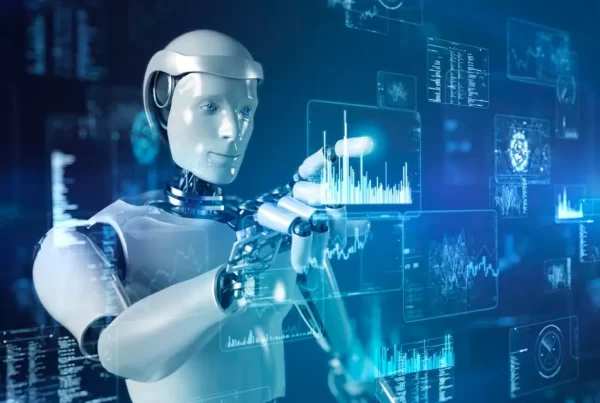The emergence of digital simulation has unleashed a transformative wave of innovation in the realm of the physical. The precision of a digital twin, or an exact copy of the physical world in a computing environment, will usher in a new era of innovation that will allow hardware to evolve at the speed of software. This powerful paradigm shift combines the precision of digital modeling with the agility and adaptability of software engineering, offering unparalleled opportunities for design, testing, and optimization–all before a single wrench is turned in the real world.
At its core, a digital twin is a virtual replica of a physical asset or system, whether it be a product, machine, or even an entire factory. This virtual counterpart is equipped with real-time data integration, predictive analytics, and simulation capabilities that enable engineers and designers to closely monitor, analyze, and experiment with their physical counterparts.
The digital twin’s influence on hardware innovation is profound. First and foremost, it drastically reduces the time and resources required for iterative design and prototyping. Engineers can simulate various design modifications, test their effects, and fine-tune their creations without the need to build anything in the physical world. This dramatically accelerates development cycles while simultaneously minimizing costly errors.
Furthermore, the digital twin empowers engineers to optimize performance and efficiency continually. Real-time data from sensors and IoT devices embedded in the physical asset feed into the digital twin, allowing engineers to monitor its real-world behavior comprehensively. They can detect issues, identify potential improvements, and apply changes remotely, ensuring that the hardware always operates at its peak potential.
The concept extends beyond individual products to entire manufacturing processes. Manufacturers can create digital twins of their production lines, enabling predictive maintenance and minimizing downtime. This level of insight ensures that machinery and processes remain efficient and reliable, ultimately boosting productivity and reducing costs.
In complex systems like aerospace or automotive manufacturing, the digital twin revolutionizes product development. Engineers can simulate various scenarios, such as stress tests, environmental conditions, or wear-and-tear simulations, to predict how a product will perform over time. This insight allows for the design of more robust and durable products, enhancing safety and reliability.
Moreover, the digital twin fosters collaboration across teams and organizations. Designers, engineers, and maintenance teams can work together seamlessly, sharing real-time data and insights. This collaborative approach leads to faster problem-solving, better decision-making, and a holistic view of the product lifecycle.
The digital twin’s power to fuel hardware innovation at the speed of software is reshaping industries and pushing the boundaries of what’s possible. It reduces development time, enhances performance, and facilitates collaboration, ultimately leading to more efficient and advanced hardware solutions. As this technology continues to evolve, its impact on hardware innovation will only grow, promising a future where the line between the digital and physical worlds becomes increasingly blurred.





